ハンス・ホフマン (1880-1966)
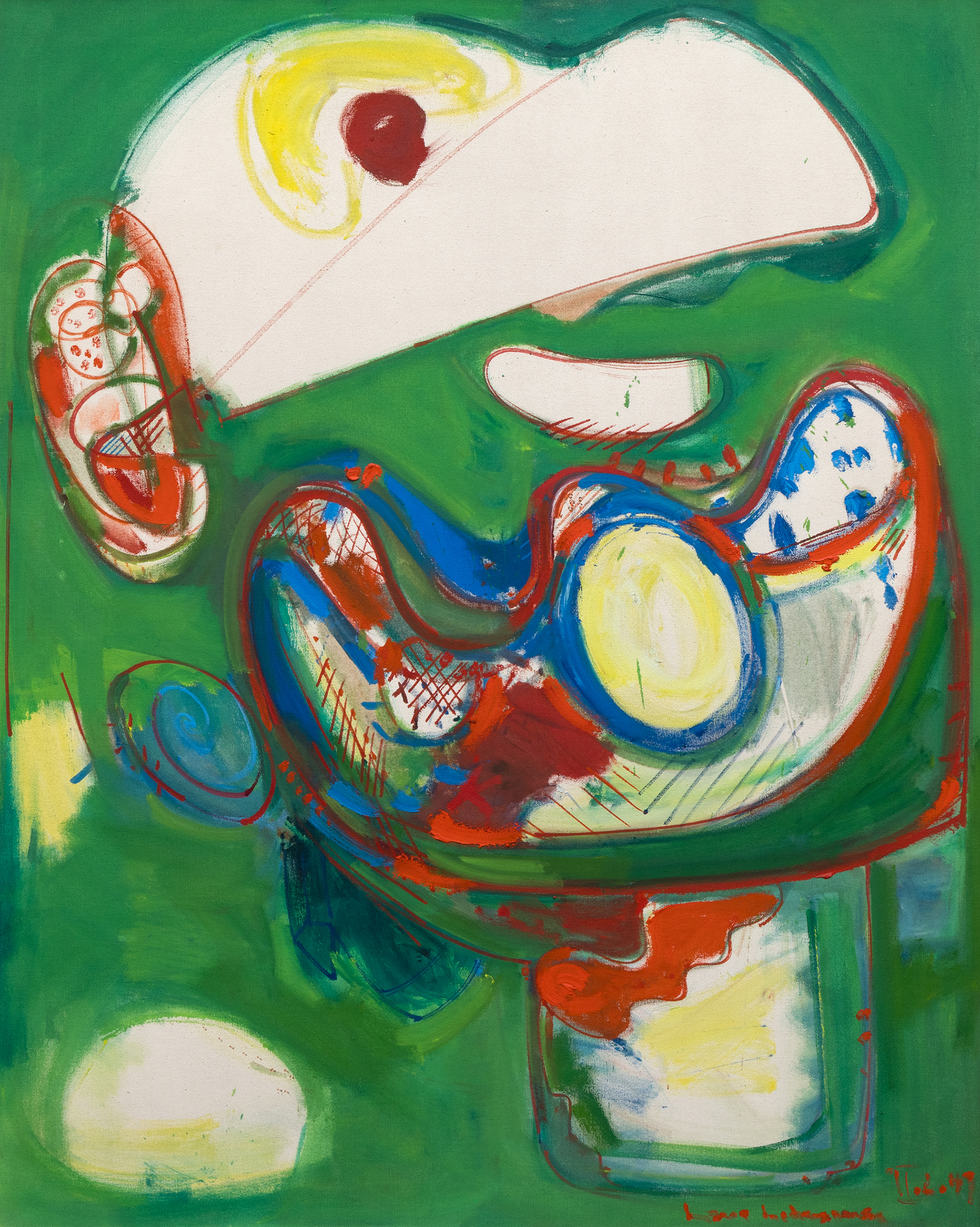
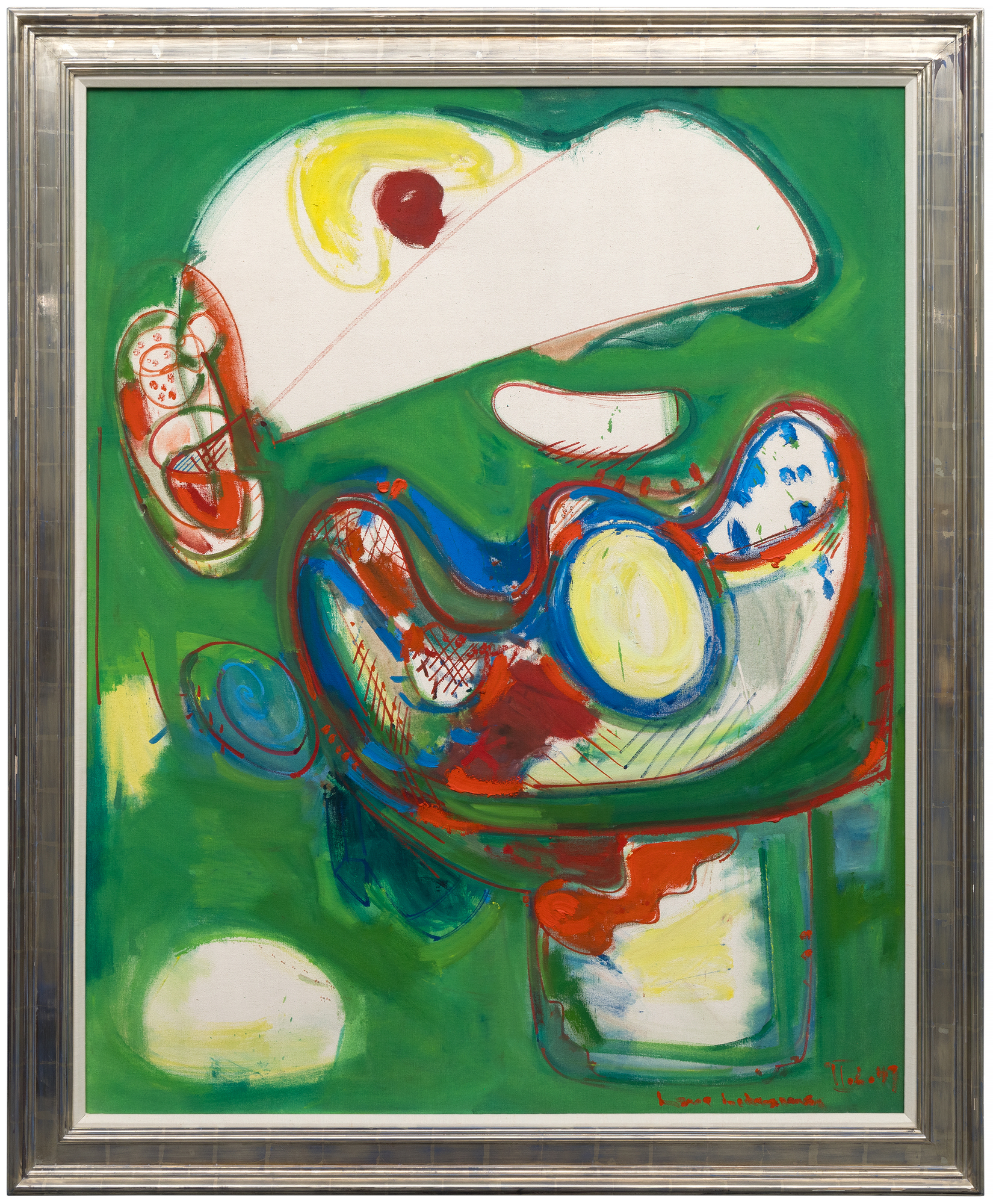
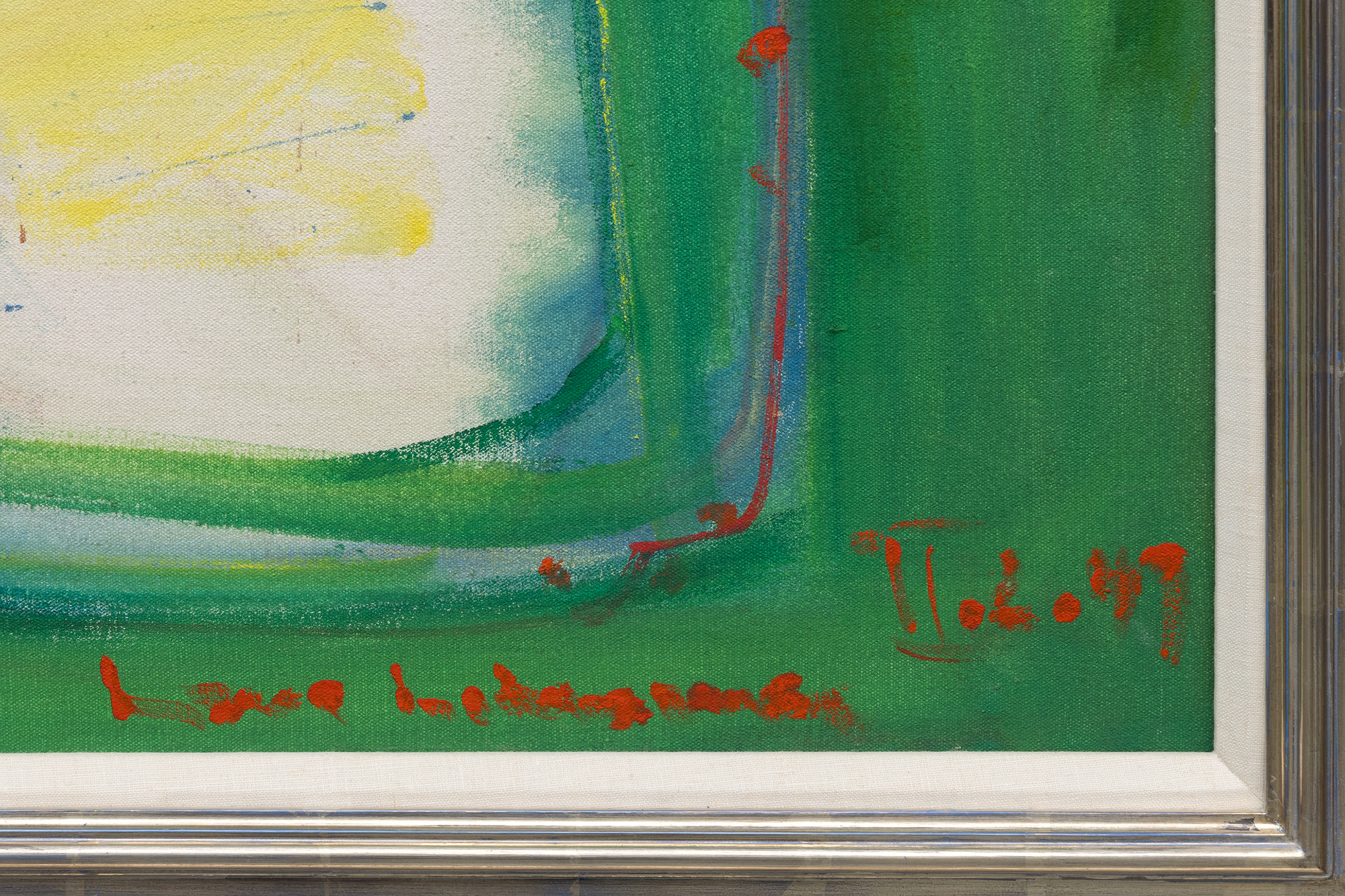




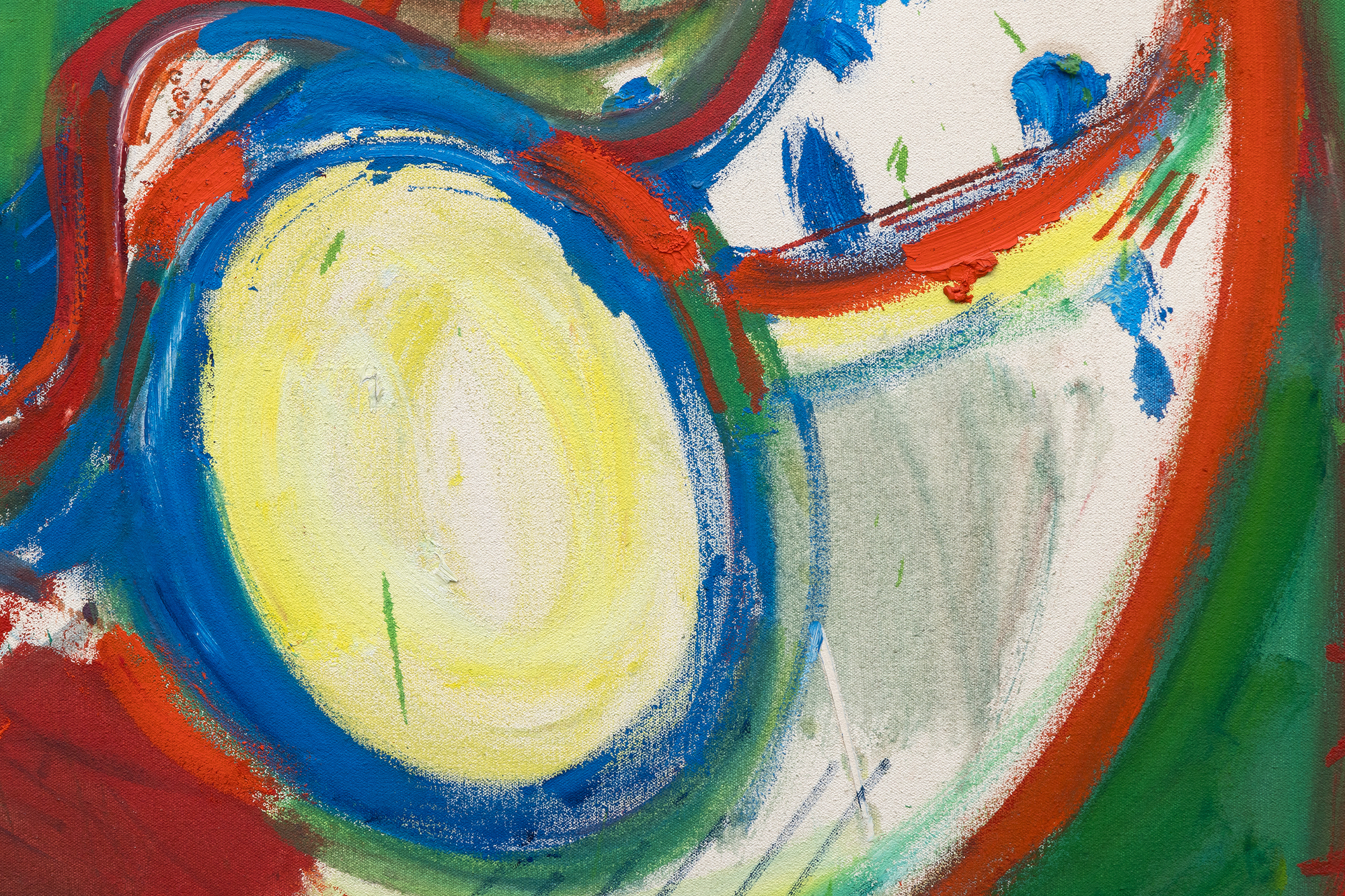
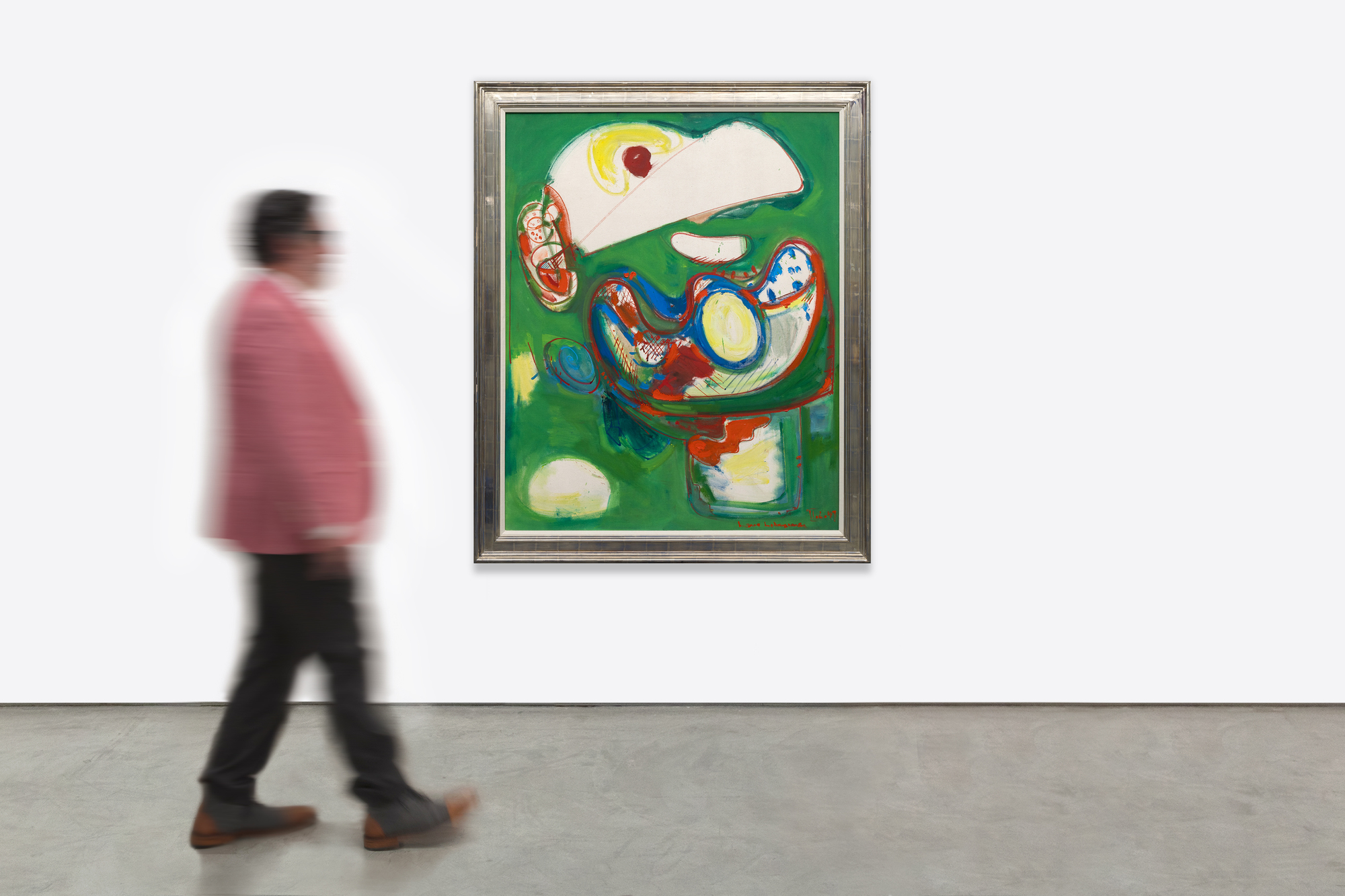
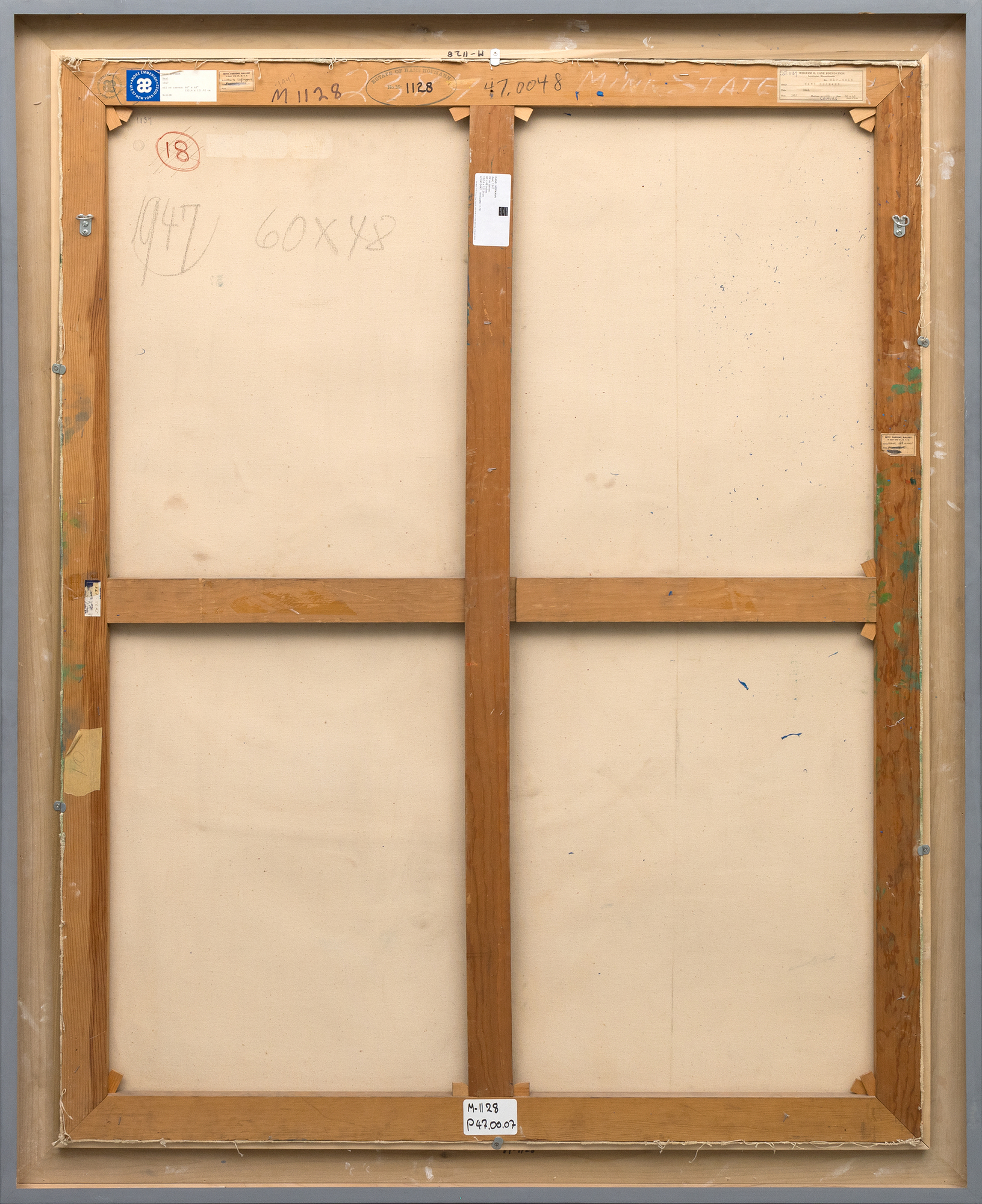
出所
アンドレ・エメリッヒ・ギャラリー(ニューヨークハンス・ホフマン遺品
アメリンガー&ヨーエ・ファインアート(ニューヨーク
プライベート・コレクション、ニュージャージー
展示会
ニューヨーク、ニューヨーク、ベティ・パーソンズ・ギャラリー、ハンス・ホフマン:1947年3月24日~4月12日、「フェニックスIII」として展示。セントポール、ミネソタ、ミネソタ・ステート・フェア、『フェニックスIII』として、1947年
パリ、メグ画廊、ハンス・ホフマン、絵画、1949年1月7日-2月9日
ニューヨーク、アンドレ・エメリッヒ・ギャラリー「Hans Hofmann: The Post-War Years:1945-1949、1989年1月12日-2月18日
ニューヨーク...もっとその。。。2006年3月30日~4月29日、ニューヨーク、アメリンガー・ヨーエ「ハンス・ホフマン:奔放な無意識、ホフマンとシュルレアリスムについての考察」。
文学
アンドレ・エメリッヒ・ギャラリー, Hans Hofmann: The Post-War Years:1945-1949年、ニューヨーク、1989年、pl.5(カラー図版)Jed Perl, Hans Hofmann, the Unabashed Unconscious:Reflection on Hofmann and Surrealism, New York, 2006, p. 36 (illustrated in color)
Suzi Villiger, Hans Hofmann: Catalogue raisonne of painting, volume II, Surrey, 2014, HH cat. No.
...少ない。。。 価格715,000
65歳のときに描かれた「Baal」は、ミッドセンチュリーの抽象画の課題に取り組みながら、以前の分野を見直そうとするホフマンの意欲も示している。鮮やかなパレットと補色の大胆な使用、特に赤と緑の並置が、この絵のダイナミズムを高めている。彼の逞しい筆致はまた、形と自由の間の緊張感に関する生涯の実験を反映している。うねるような線と生物形態的なフォルムは、ミロのシュルレアリスムの影響や、カンディンスキーのジェスチャー的抽象画の精神的共鳴を想起させる。これらの先達と同様、ホフマンは豊饒な想像力に導かれながら、「内なる必然」を視覚表現に変換しようとした。しかし、《バール》の平面的な要素と曲線的な形は、同時代のアルシール・ゴーリキーらが実践した抽象表現主義の特徴である即興的な絵画の影響も反映している。
同年、ニューヨークのベティ・パーソンズ・ギャラリーで展示された《Baal》は、巨匠であり革新者でもあるホフマンの進化の証である。鮮やかなダイナミズムと象徴的なタイトルを持つこの作品は、抽象画に要素の力を吹き込み、形と色彩を深く個人的に探求するホフマンの能力を象徴している。


